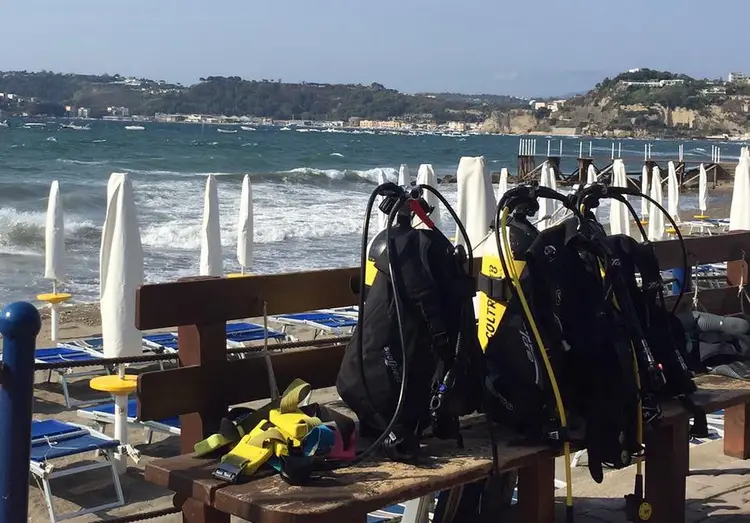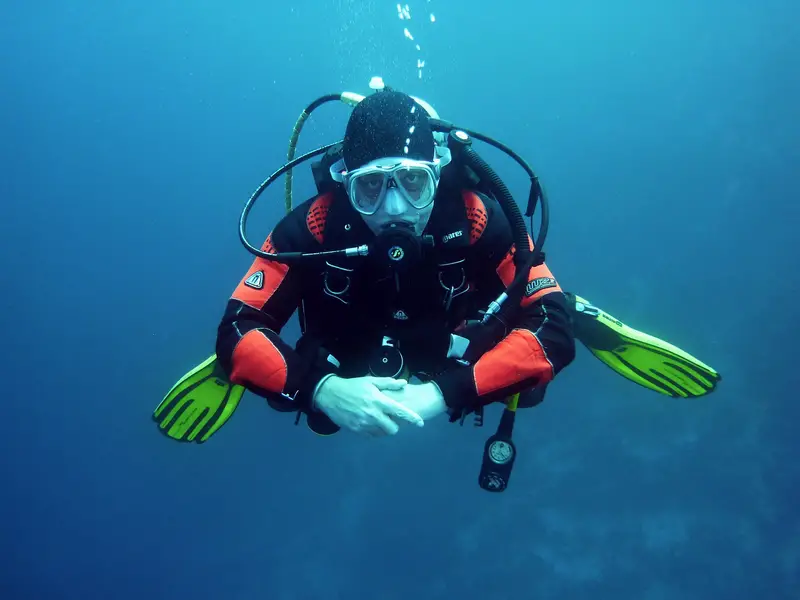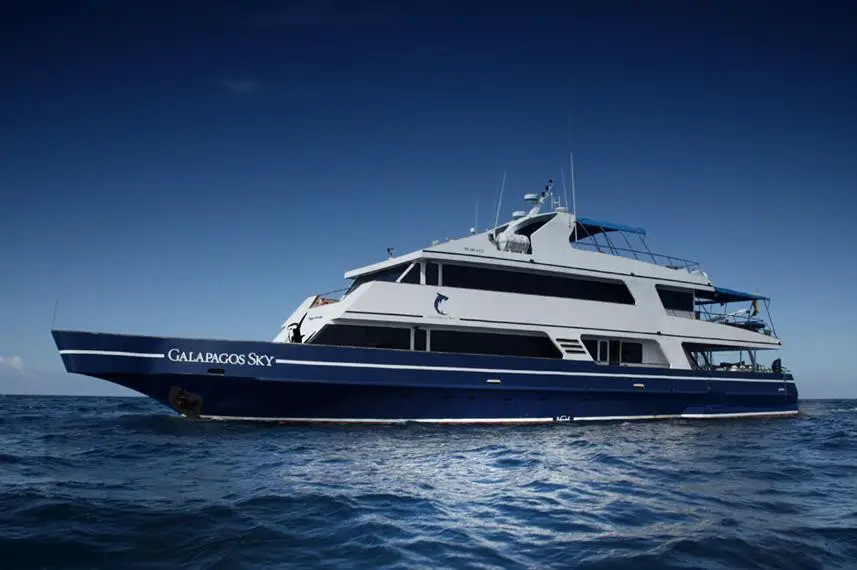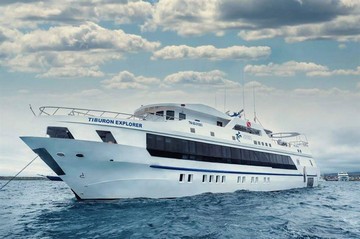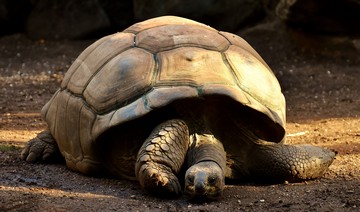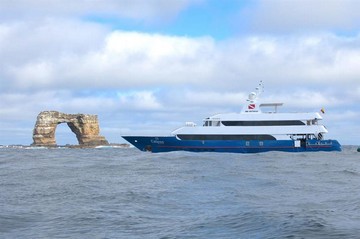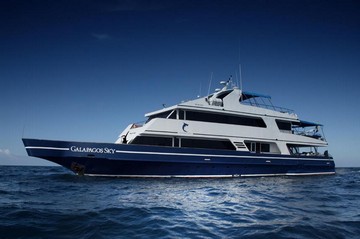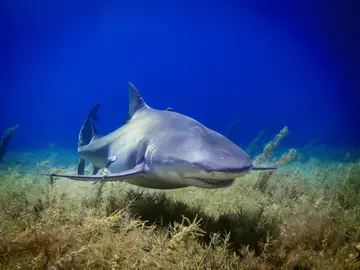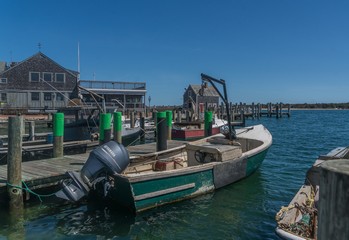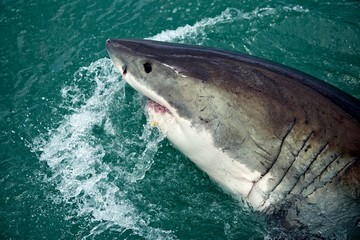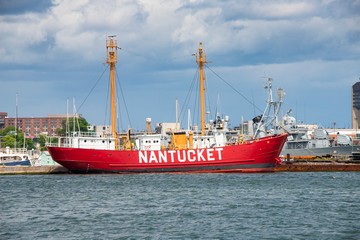Why Should You Rinse The Inside Of Your Buoyancy Control Device?
You should rinse the inside of your buoyancy control device to remove saltwater or chlorine depending on your most recent diving activity, to clean out any sediments and to prevent bacterial growth. Proper maintenance of your BCD by regularly rinsing the inside with water will help your BCD last.

